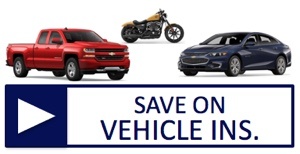 Want to lower your Contractors Insurance Costs? Lower Your Experience Rating.
Want to lower your Contractors Insurance Costs? Lower Your Experience Rating.
Your construction company’s experience rating helps determine your Workers’ Compensation Insurance costs and is based on your company’s WC claim history compared to other companies similar to yours.
You can think of a lower experience rating as a reward for having a safer work environment or perhaps as an incentive to create a safer work environment. The bottom line is that a lower experience rating results in a lower insurance premium.
The Experience Rating
The Pennsylvania Compensation Rating Bureau (PCRB) describes your experience rating as “a systematic, mathematical method of modifying future premiums.” It is based on past claims and helps determine your experience modifier, which is an adjustment of your annual premiums based on the likelihood that you will file a claim.
You qualify for an experience rating if your audited payroll or other exposures over a three-year period, multiplied by the current PCRB lost costs by classification, add up to $10,000 or more.
The experience rating is continually being updated based on a sliding three-year experience period, which according to PCRB, “assures a stable historical record for the individual employer, while also using the most recent available loss experience of the employer.” This means improving workplace safety and minimizing claims can change your experience rating and the premiums you pay.
What if your insurance premiums are less than $10,000? The merit rating plan enables businesses to receive a 5% discount or surcharge depending on their loss history, which provides financial incentives for small businesses to operate safer workplaces.
The following factors affect your experience rating, which determines your experience modifier:
- Number of Claims
- Cost of Claims
- Frequency of Claims
- Severity of Claims
- Closed vs. Open Claims
- Claims History of other businesses in your industry
- Years in business
- Number of employees
- State minimums
The following formula then determines your WC premiums:
WC Premium = Class Code Rate X Experience Modifier X payroll/$100
So, you can see how a lower experience modifier can lower your WC costs.
NOTE: The experience rating formula places more emphasis on loss frequency than it does on loss severity. Therefore, a business with many small losses can end up with a higher experience modifier than a company with fewer, but more severe, losses.
Tips to Lower Your Experience Rating
It comes as no surprise that the number one tip to lower your experience rating is to reduce the number of accidents in your workplace. How do you do that?
- Institute a Workplace Safety Program
- Engage management and employees in safety protocols
- Properly train employees and management on safety
- Identify and mitigate hazards
- Provide employees with proper PPE
- Have adequate staff levels
- Inspect and maintain all equipment
The Insurance Information Institute offers this advice, “Review, respond, and improve. Promoting workplace safety is an ongoing process. You should review and improve your program—especially in response to accidents or ‘near misses.’ Employees should always be encouraged to report newly identified hazards or workplace incidents so that you can respond appropriately.”
The other thing you can do is get injured workers back to work as quickly and safely as possible with a Return-to-Work program.
Here's How to Save on All Your Commercial Insurance Needs
American Insuring Group specializes in Contractors Insurance and in all types of commercial insurance. Our independent agents will compare the cost of your coverage among many insurance companies to help you get the best rate on all your Contractor Insurance needs.
Call today at (800) 947-1270 or (610) 775-3848 or connect with us online.


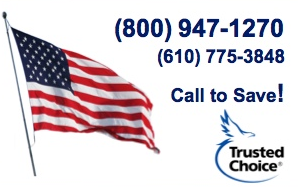
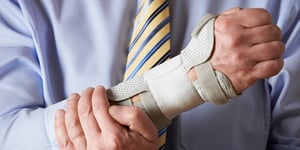 We often discuss how improving workplace safety can help lower
We often discuss how improving workplace safety can help lower  The best way to lower
The best way to lower  Appropriate Personal Protective Equipment (PPE) can help protect your greatest asset – your employees, minimize injuries, and lower your
Appropriate Personal Protective Equipment (PPE) can help protect your greatest asset – your employees, minimize injuries, and lower your 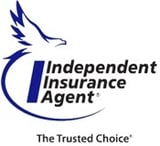
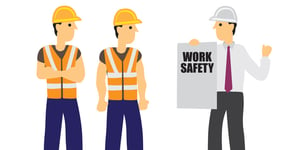 Most contractors understand that fewer workplace injuries create lower employee turnover, higher employee morale, lower
Most contractors understand that fewer workplace injuries create lower employee turnover, higher employee morale, lower  Savvy restaurant owners understand the importance of
Savvy restaurant owners understand the importance of 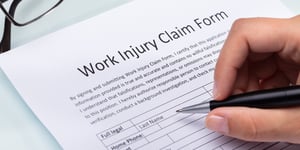 You’ve purchased the appropriate
You’ve purchased the appropriate  If you want to protect your restaurant, you need the right
If you want to protect your restaurant, you need the right  If the COVID-19 pandemic has forced many of your employees to work from home, have you considered the ramifications it may have on your
If the COVID-19 pandemic has forced many of your employees to work from home, have you considered the ramifications it may have on your 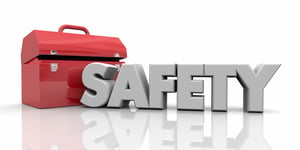 We often discuss improving worksite safety to lower
We often discuss improving worksite safety to lower 